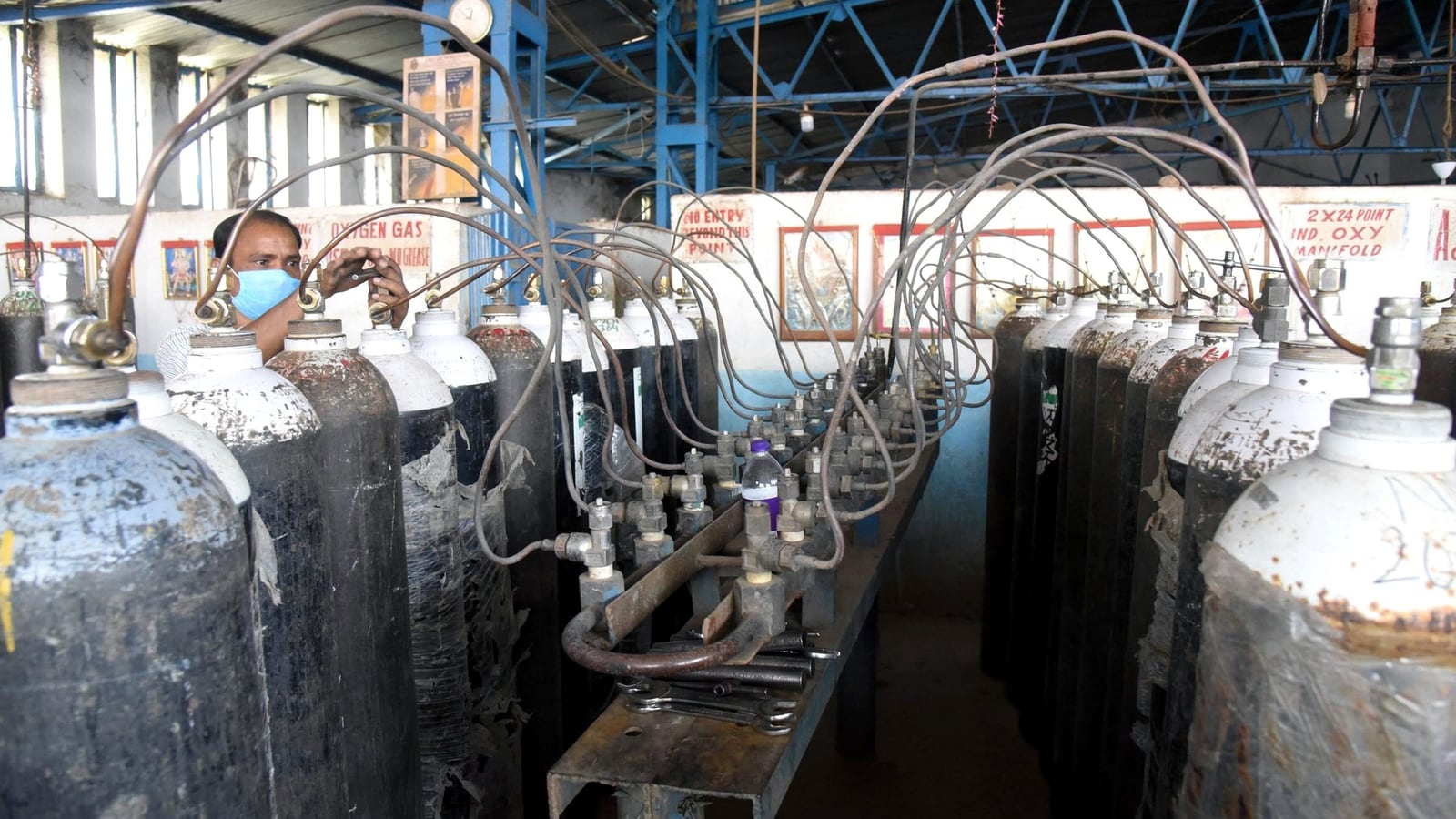Earlier the suppliers provided 55 percent of oxygen they manufactured to the industrial areas and only 45 percent to the hospitals.
Srinagar: Amid the rising demand for medical oxygen required in the treatment of COVID-19, the suppliers in Kashmir have diverted the oxygen from the industrial units to the hospitals.
Over 3000 COVID-19 positive patients are currently admitted to various hospitals across the union territory due to which the demand for medical oxygen has increased sharply.
Earlier the suppliers provided 55 percent of oxygen they manufactured to the industrial areas and only 45 percent to the hospitals. But now, they have stopped their supply to industries and all of their produce is going towards meeting the demand of medical oxygen needed in the hospitals.
Read more:Three govt official dismissed for anti-state activities in Jammu and Kashmir
Mohd Shafi, who runs a private oxygen plant, said, “We are working 24×7 supplying oxygen cylinders to SKIMS and SMHS. Two weeks prior to this we were supplying just a few cylinders but now in every 24 hours, we supply 25 truckloads with 11 cylinders to both the hospitals of Kashmir. The demand for oxygen cylinders in hospitals has increased sharply.”
Shafi said that last year the demand for oxygen was not so high. He added that they have stopped all the supplies to the industrial units after the COVID-19 second wave erupted in the Kashmir division.
The private plant owners have said that they are doing their best to meet the demand but if the number of positive cases continues to rise, it will be a tough task then. They have urged the government to plan for such a situation beforehand.
The authorities have said that the hospitals in Srinagar have a demand of 20,000 LPM of oxygen out of which 16,000 LPM is met by the oxygen plants in the hospitals and the remaining supply is met by bulk cylinders supplied by the private gas agencies.
In view of the acute shortage of oxygen, the central government has completely banned the use of liquid oxygen for industrial purposes.





































